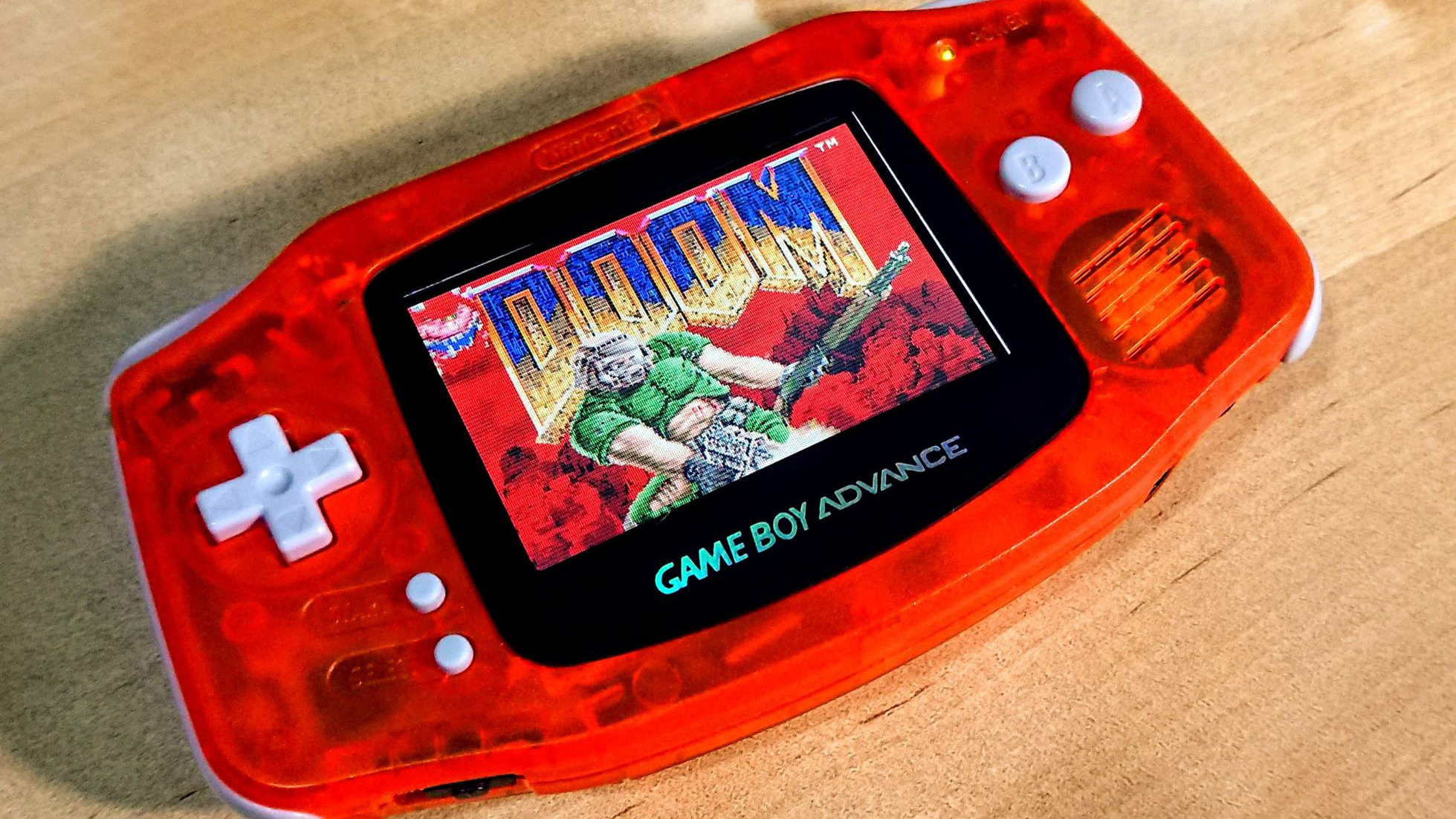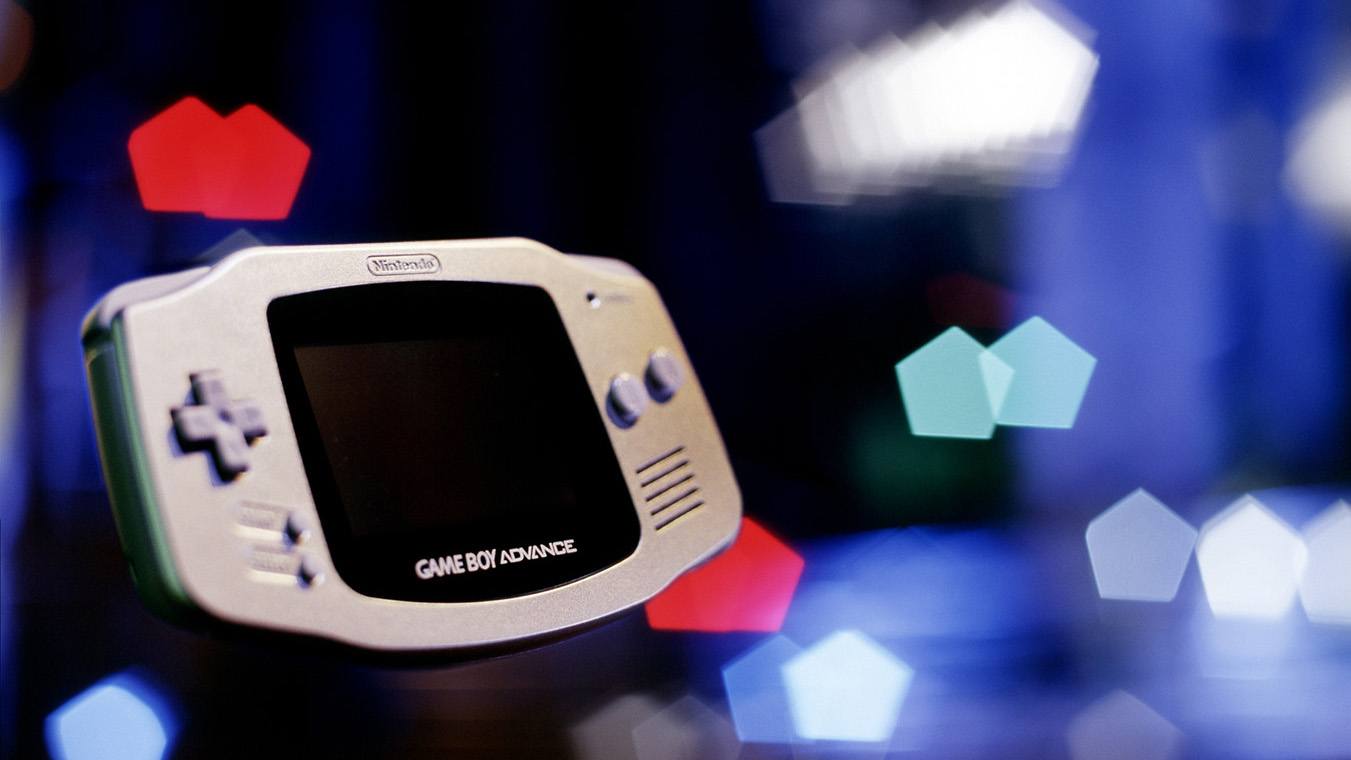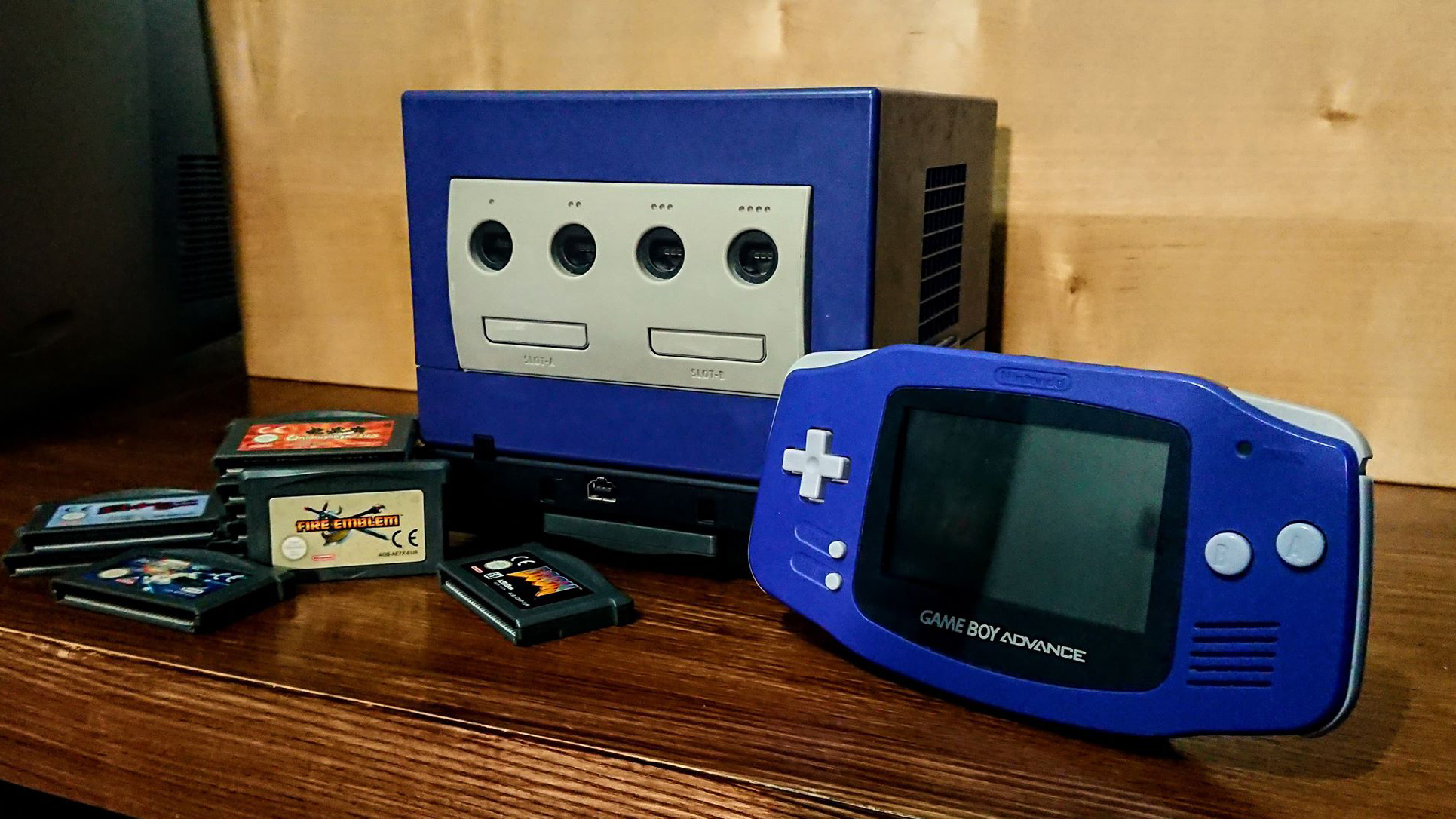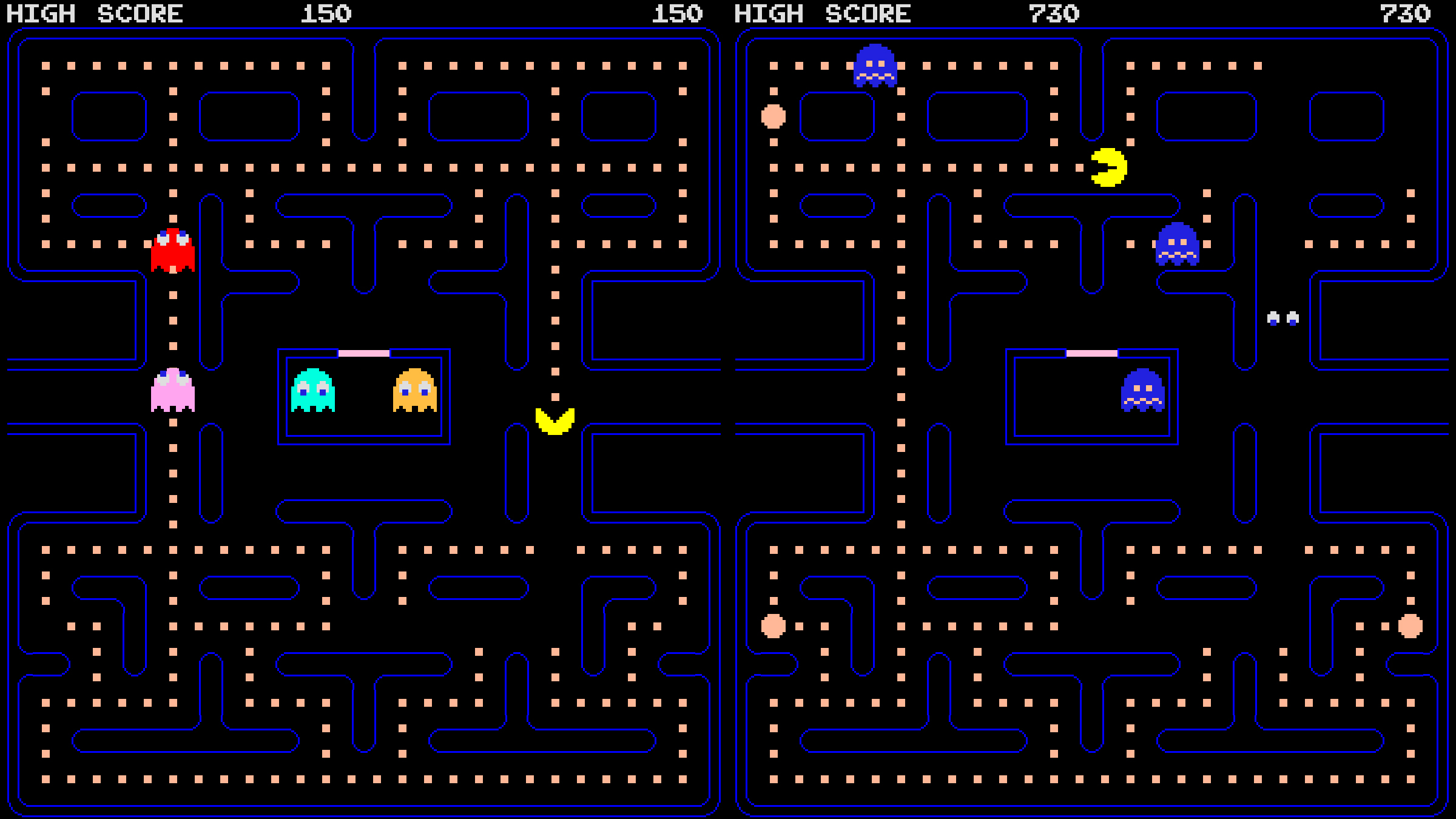Game Boy Advance: why it's the best way to play classic Nintendo titles
Advance to the next level

When it comes to retro consoles, the ferocious success of the Game Boy is a legacy to behold. Its long lineage of hardware spanning over 21 years has made the classic handheld a pop culture icon. Gamers of all ages and backgrounds will have some sort of memory of the Game Boy, from struggling to see the screen in the darkness of bedtime curfew to fitting in a few rounds of Tetris in between the tribulations of parenting. It’s easy to remember the fuzzy nostalgic memories that we hold for the Game Boy, but we might not always consider what solidified its claim to the handheld throne.
Sure, certain Italian plumbers and collectable monsters may take some of the credit, however we must also consider how perfectly versatile this joyful piece of pocket technology actually was. The Game Boy Advance was the pinnacle of Nintendo’s handheld offerings, supporting 32-bit graphics and an extensive library that caters to almost every genre.
This surprisingly capable device became a home for beloved titles old and new, accommodating the classics from across multiple console libraries. Not to mention that the Game Boy Advance was backwards compatible with the legendary library of titles that belonged to its predecessors. Considering that the GBA boasts such versatile prowess, is it possible that it could be the key to the ultimate retro gaming experience?
- How to mod your Game Boy and Game Boy Advance
- Why the Nintendo Switch VR support rumor is a genius idea
- The Legend of Zelda: Link's Awakening is coming to Nintendo Switch in 2019
Heavy on wholesomeness, light on your pocket

Finding that perfect balance of variety and cost when tailoring your vintage gaming solutions can often prove tiresome. Gaining access to childhood consoles and their games can be a bit rich for the average gamers blood, with many options having a collector's value attached. Of course, emulation could be an all-encompassing answer, but achieving both accuracy and legality is a difficult feat. Luckily, the mighty Game Boy Advance was actually the home to countless classics that appeared on a multitude of systems, with the added bonus of being drastically cheaper.
A great example of the cost efficiency of the GBA is the range of Nintendo Entertainment System titles that found their way onto the system. Known as the Classic NES Series, titles such as Metroid, Legend of Zelda and Castlevania all received reliable ports, with their packaging resembling that of an original NES game. This might sound like nothing special, but when you compare the price of these releases to their original counterparts, it becomes clear why this is a brilliant and authentic option.
Take Metroid for example, original copies of the game can cost up to $60, while its GBA counterpart is usually available for around just over $10. The fact these editions can be collected and displayed in a similar fashion to any other console means that this could be a real alternative to collecting for a system that will more than likely break the bank.

Just like its predecessor, the Super Nintendo also received an invitation to Nintendo’s portable party, with various new editions of classics being released. This is most notable with the Legend of Zelda: Link to the Past, in which its port expanded on the title with its new multiplayer feature, ‘four swords’. Not only is this version cheaper than an original $50 copy, priced roughly at $15, but it also includes a whole new co-op element that can only be experienced on the GBA.
Sign up for breaking news, reviews, opinion, top tech deals, and more.
Our beloved moustached labourer also received the revamp treatment, with Super Mario World also making a comeback. With this edition of the classic platformer, features such as being able to save at any point on the map and Luigi being a playable character were added, all without compromising its authentic gameplay. At under $10, this definitely a worthy alternative to picking up the original, which tends to go for around $40.
The cost saving benefits of the GBA don’t end at Nintendo originals, with many other expensive titles also appearing on the platform. One of the best examples of this is the Phantasy Star series, an RPG from the Sega MegaDrive/Genesis that retains a high value on the second-hand market. With each title costing a minimum of $60, you can understand why going for the drastically cheaper Phantasy Star collection at $30 on the GBA is a more feasible option.
These examples demonstrate the Gameboy Advance’s potential to provide access to various classics, despite being kind to your bank account. You'll also find the console itself is much cheaper than most Nintendo hardware, with the NES and SNES often costing $50, in contrast to roughly $20 for a standard GBA. While this in itself is enough reason to invest in the system, you can also enjoy the exclusive experience of the Game Boy linage.
The extended legacy of classic gaming

There’s definitely a trend when it comes to the capability of handhelds, in which the technology is usually a generation behind the current home console of the time. The Sega Game Gear, for example, was comparable to a Master System, rather than its dark and brooding Sega Genesis/MegaDrive counterpart. This is also technically true for Game Boy titles, yet Nintendo seemed to use this caveat to its advantage, creating unique experiences that draw from games we already know and love.
Nintendo’s talent for making the most of hardware limitations stems from its work on the original grey brick, with likes of The Legend of Zelda: Links Awakening proving to be classics in their own right. This formula of new experiences within familiar settings was carried on throughout both the Game Boy Color and Advance consoles, with beloved franchises such as Castlevania, Metroid and Final Fantasy all having exclusives on the system. Not only did these spinoff’s and sequels provide brilliant fan-service, but they also introduced those who were still a bit wet behind the ears to some of history’s best adventures.
It was this sheer devotion to making the most of its 32-bit capabilities that has solidified the GBA as a nostalgic monolith. Delivering on mechanics and gameplay from one of the most loved eras of gaming, Nintendo provided gamers with a refreshing break from the somewhat infantile 3D graphics of generations past. That’s not to say, however that the Advance hardware was incapable of being technically impressive, with many titles making remarkably good use of what could be considered a low spec’d piece of kit. A surprising number of PC titles managed to squeeze themselves into tiny cartridges, such as Doom and Duke Nukem, which despite being scaled down from their original versions, are brilliant ports in their own right.
There’s no disputing the sheer brilliance of the Game Boy Advance library, with countless genres to choose from and stories old and new being delivered in a familiar way. In spite of this, you might find yourself either put off by the fact it’s a handheld console, or overwhelmed by the hardware choices available. This however is where Nintendo’s hardware gets its chance to really shine, as there are a vast range of ways to play the GBA library, which isn’t too dissimilar to the versatility of modern gaming.
Play it your way

If you managed to have a look at our Game Boy modification guide, you might already be aware of the vast amount of options available for playing your favorite Nintendo classics on the go. If you have a passion for portability, your priorities may lie with getting the best experience from your aging piece of pocket tech. From customized exteriors to fancy new screens, the ability to construct the ultimate GBA is easier than you might think. Yet, some will love the sound of the platforms library while yearning for a way to access them using them like a conventional console. This is where the alternative hardware options could be the final checkbox on achieving the perfect portal to nostalgia.
The official way to play your GBA games on the big screen is in the guise of The Game Boy Player, which is an add on for the Nintendo GameCube. This nifty device allows you to play any Game Boy cartridge using the controller and video output of your existing console, without having to use the GBA console. Unfortunately, this can prove to be pricey trying to acquire the Player and the included software it requires, not to mention another $20 on top if you don't already own a GameCube.
Alternatively, the market does have a variety of options that can help fulfil your needs, such as emulation-based systems like the Retr0n 5 and even some third-party options that support some sort of AV out capability. Having the versatility to play both on the go and in your living room is something many people associate with the Nintendo Switch, but considering that the Game Boy Advance managed to deliver this feature as early 2003, shows that this mighty handheld was a lot more than something to keep your thumbs busy.
More than just a handheld

The Game Boy Advance has more than proven itself worthy of being an iconic piece of gaming history. Not only did it accommodate many gamers with a diverse library of high-quality titles, but it also kept the art of 32-bit gaming alive past the retirement of its generation.
Where some vintage consoles and games may have fallen into the trap of collector's value and rarity, the GBA stands as a pillar of hope for those who want a reliable way to revisit a golden age of gaming. The GBA definitely delivers a strong case for being the ultimate retro experience, although it’s important to keep in mind that each individual's preference is unique to them, usually based on life's experiences and memories. The fact that this handheld console manages to be more accommodating that many other systems throughout history however, definitely earns it the right to try and convince you to adopt it as your main source of reminiscence.
- Read more: How to play the best retro games

Phil is the hardware editor at GamesRadar+ responsible for covering retro gaming shenanigans, but also likes to put the latest gaming handhelds, graphics cards, and monitors to the test. In a previous life, they served as a member of the PCGamesN team, providing PC hardware news, reviews, and insights. They also spent a chunk of time contributing words to the likes of the BBC, The Daily Star, GameByte, and Den of Geek.